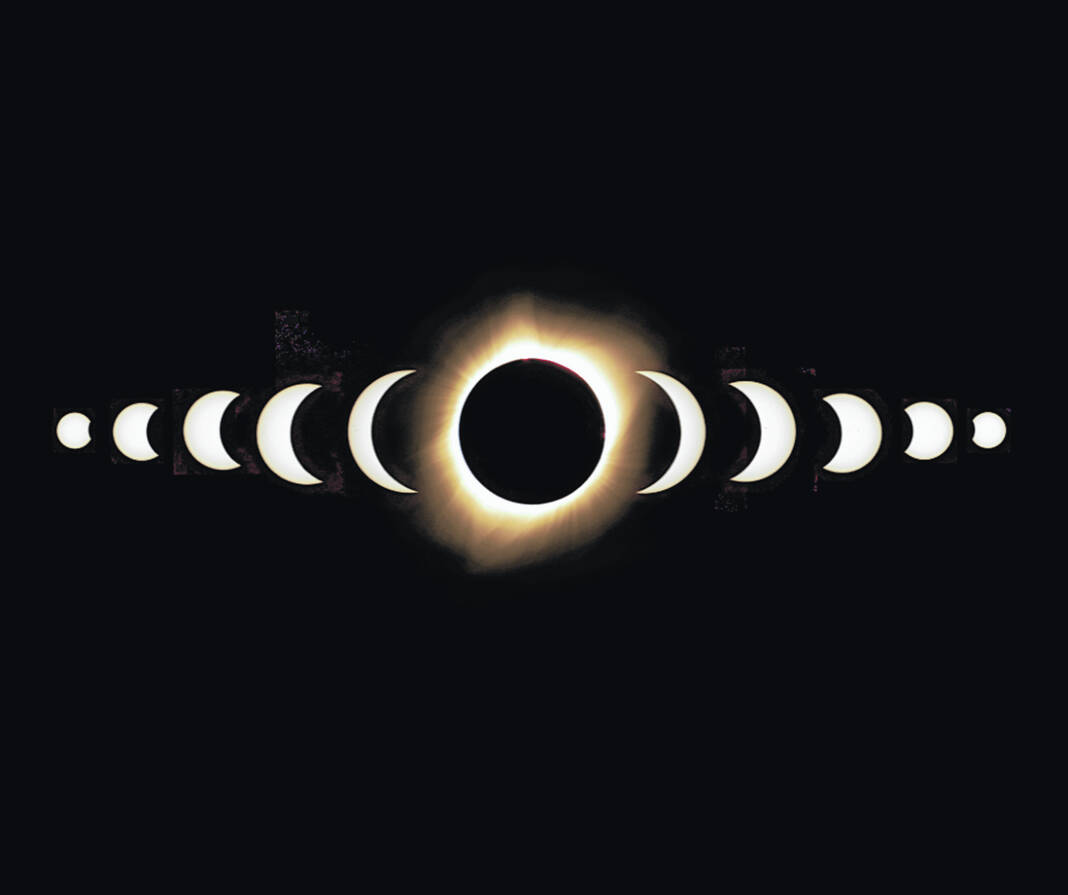
PREBLE COUNTY — As local officials plan for the safety of local residents and brace for the impact of what could be an influx of tens of thousands of visitors in early April, we thought we would share some interesting total solar eclipse facts from NASA.
After the total solar eclipse on Monday, April 8, the next total solar eclipse that can be seen from the contiguous United States will be on Aug. 23, 2044.
According to NASA, we can’t normally see the corona – the sun’s outer atmosphere – because the sun’s surface below it is so much brighter. But during a total solar eclipse, the corona becomes visible, offering unique opportunities to study it.
Also, according to NASA:
•When the moon completely blocks the visible surface of the Sun during a total solar eclipse, viewers can remove their eclipse glasses. A total solar eclipse is the only type of solar eclipse where eclipse glasses can be momentarily removed.
•When a solar eclipse reaches totality, nocturnal wildlife sometimes wakes up, thinking that it’s nighttime, and non-nocturnal wildlife might think it’s time to head to sleep, according to officials.
Some notable solar eclipses in U.S. history include:
•The 1970 total eclipse that passed through the eastern USA and lasted for 3 minutes and 28 seconds.
•The 1991 total eclipse that was visible from Hawaii and Mexico and had the longest totality of the 20th century: 6 minutes and 53 seconds.
•The 2017 total eclipse that crossed the continental USA from coast to coast and attracted millions of viewers. It moved from Oregon to South Carolina, in a little over 90 minutes. It was viewed by more than 20 million viewers.
(Source: science.nasa.gov.)

